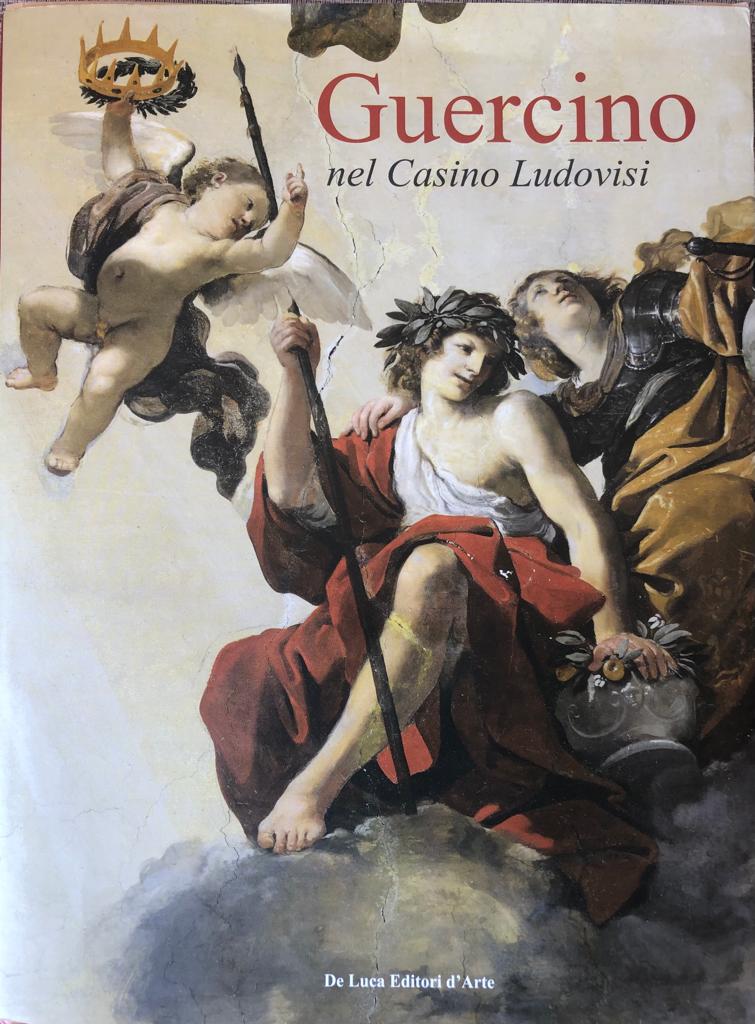Descrizione
Storia dell’arte n. 157 – Nuova Serie | 2022
Numero dedicato a “Guercino nel Casino Ludovisi 1621 – 1623” a cura di Daniele Benati, Barbara Ghelfi, Raffaella Morselli
Non disponibile al download
Raffaella Morselli
I Ludovisi e il “bizzarro Barbieri” tra Bologna e Roma
All the greatest Bolognese masters were hired by the Ludovisi family before, during and after the short pontificate of Gregory XV, except for Francesco Albani who returned to Bologna for personal reasons. In just two years of reign, Domenichino, Guido Reni and Guercino portrayed the pope; the three effigies had very different functions: the one performed by Domenichino was to manifest the dynastic affirmation of the pope; the portrait by Reni had an official and representative character; Guercino’s execution was more intimate and private. The painter from Cento got in touch with the Ludovisi family when the future pontiff was archbishop in Bologna. In 1615, the young artist had executed the Four Evangelists for the young collector Ludovico Ludovisi, known through the canon Antonio Mirandola, his first agent (Dresden, Gemäldegalerie); two years later, Guercino painted some artworks for Archbishop Alessandro, who called him to Rome as soon as he ascended the papal throne. Guercino managed to fit into the group of painters who worked on the decoration of Porta Pinciana villa thanks to his friendship with Enzo Bentivoglio, Marquis of Gualtieri and ambassador in Rome: the important nobleman the important noble was entrusted with the figurative program for the decoration of the villa, as Passeri remembers. The painter from Cento, therefore, managed to assert himself, despite his “provincial” origin, in a system of commissions led by a Bolognese family, which naturally privileged the Bolognese culture, thanks to the network of contacts he was able to achieve, in addition to his “bizarre” pictorial talent. The relationship between the painter from Cento and other Bolognese artists who worked in Rome for the Ludovisi as salaried and with official positions, such as Viola and Valesio, are intertwined with Guercino’s commissions. In Bologna, when the pope died in 1623, the Ludovisi family left few traces but took care of the decoration and equipment of the cathedral of S. Pietro.
